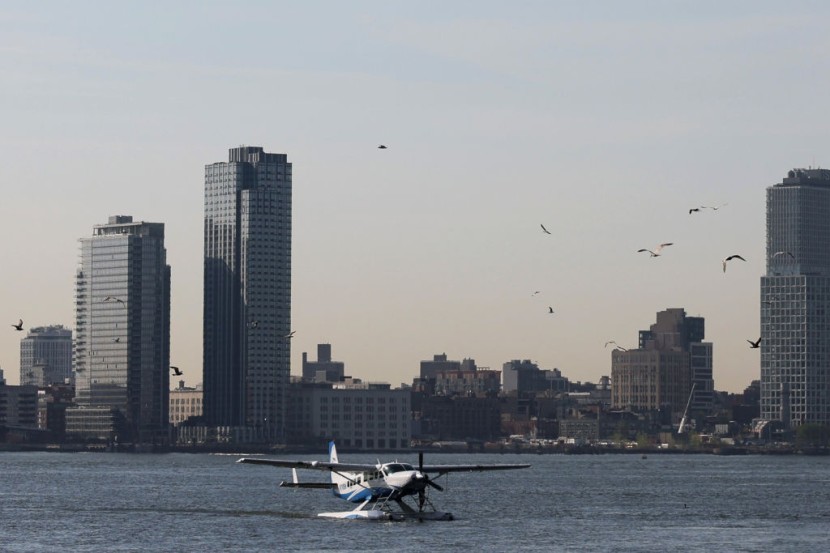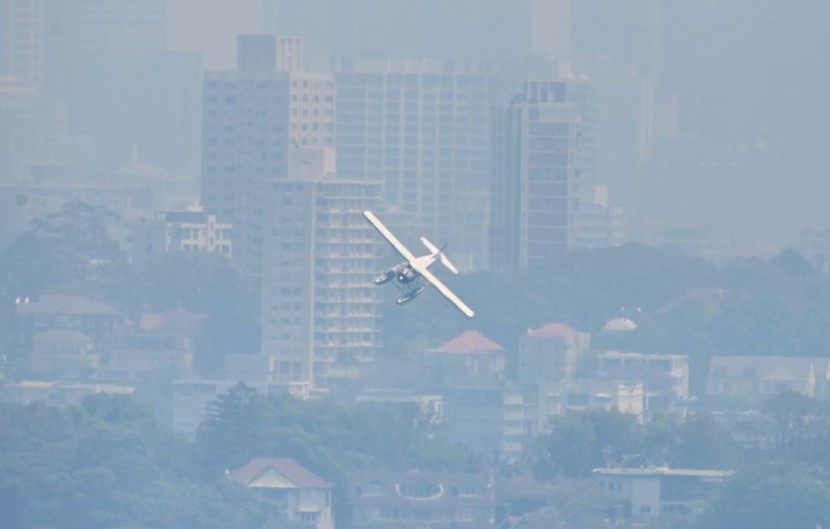
The deadly seaplane crash on an island in Washington finally has an update, as confirmed by the National Transportation Safety Board (NTSB).
NTSB officials investigated the floatplane crash, which happened back on September 4, 2022; killing 10 passengers. Now, the transportation safety board said that it identified the main cause of the crash.
Washington Seaplane Crash Update: NTSB Blames One Mechanical Issue
According to NBC News, on Thursday, Oct. 5, NTSB that the main cause of the Washington seaplane crash was a mechanical failure.
Officials specifically pointed out that the single component of the floatplane that failed was part of a critical flight control system.
This mechanical issue caused an unrecoverable, near-vertical descent into Puget Sound's Mutiny Bay, which is located near Whidbey Island.
"The Mutiny Bay accident is an incredibly painful reminder that a single point of failure can lead to catastrophe in our skies," said NTSB Chair Jennifer Homendy via the Associated Press.
NTSB authorities said that they were able to recover 85% of the seaplane from the ocean floor several weeks after the incident. This allowed them to identify the specific mechanical component that failed.
In their investigation, they discovered that a component called an actuator had become disconnected before the crash. This airplane part is responsible for moving the horizontal tail, as well as controlling the aircraft's pitch.
Since it was disconnected, the floatplane's pilot wasn't able to control the aircraft, leading to the deadly airplane incident.
Read Also : US Launches Investigation After Jetblue Flight Hit Sudden, Severe Turbulence Near Florida, Injuring 8 People
What NTSB Suggests

To avoid any similar airplane accidents, NTSB decided to include its recommendations in its final report. The agency provided its suggestions to Transport Canada and the Federal Aviation Administration (FAA).
NTSB officials explained that operators should be required to install a secondary locking feature. Homendy claimed that this safety measure will prevent "this kind of tragedy."
The airplane that crashed in 2022 was a de Havilland Canada DHC-3 Otter turboprop, which was operated by the Friday Harbor Seaplanes.
The victims of the deadly Washington seaplane crash are the following individuals:
- Pilot Jason Winters
Passengers
- Sandy Williams (Spokane, Washington)
- Ross Mickel, his pregnant wife Lauren Hilty, and their child Remy Mickel (Medina, Washington)
- Joanne Mera (San Diego)
- Patricia Hicks (Spokane, Washington)
- Rebecca and Luke Ludwig (Excelsior, Minnesota)
- Gabrielle Hanna (Seattle)
Victims' family members decided to file lawsuits against the aircraft's charter operator, as well as the seaplane's manufacturer, the DHC-3 Otter manufacturer.
Aside from these two companies, Viking Air (the airplane's certificate holder) and de Havilland Aircraft of Canada were also blamed for the floatplane tragedy.
© 2025 HNGN, All rights reserved. Do not reproduce without permission.








